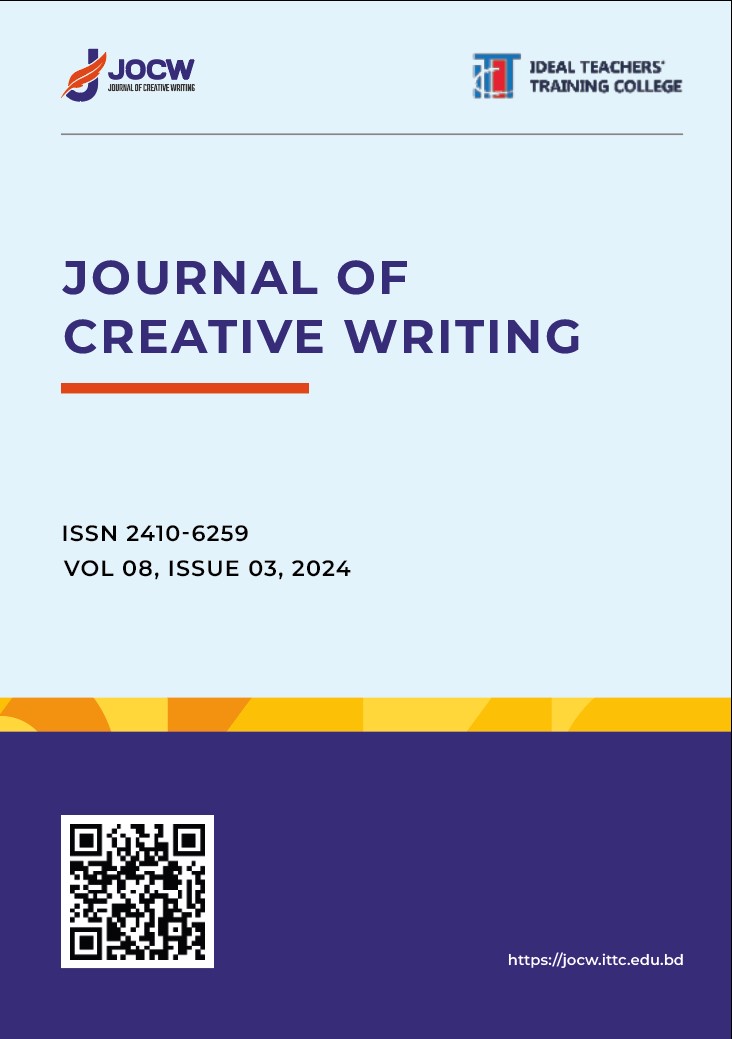Avolio, B. J., & Bass, B. M. (1995). The full range of leadership development: Manual for the Multifactor Leadership Questionnaire. Mind Garden.
Avolio, B. J., Walumbwa, F. O., & Weber, T. J. (2009). Leadership: Current theories, research, and future directions. Annual Review of Psychology, 60, 421–449.
Bass, B. M. (1985). Leadership and performance beyond expectations. Free Press.
Bass, B. M., & Riggio, R. E. (2006). Transformational leadership. Psychology Press.
BRAC. (2019). Annual Report. BRAC.
Bryman, A. (2016). Social research methods (5th ed.). Oxford University Press.
Fairtrade International. (2022). Annual Report 2022: The Impact of Fairtrade. Fairtrade.org.
Fridell, G. (2014). Coffee and justice: Fair trade and development. University of Toronto Press.
George, G., McGahan, A. M., & Prabhu, J. C. (2012). Innovation for inclusive growth: Towards a theoretical framework and research agenda. Journal of Management Studies, 49(4), 661–683.
Hammond, A. L., Kramer, W. J., Katz, R. S., Tran, J. T., & Walker, C. (2007). The next 4 billion: Market size and business strategy at the base of the pyramid. World Resources Institute.
Hasan, R., Ahmed, M., & Rahman, S. (2022). The role of micro-entrepreneurship in alleviating rural poverty in Bangladesh. Development Studies Review, 18(1), 102–118.
Hofstede, G. (1980). Culture's consequences: International differences in work-related values. Sage Publications.
Hossain, T. (2021). Women empowerment through micro-entrepreneurship: The case of JITA Bangladesh. Social Business Journal, 7(2), 145–158.
Karnani, A. (2007). The mirage of marketing to the bottom of the pyramid: How the private sector can help alleviate poverty. California Management Review, 49(4), 90–111.
Karnani, A. (2017). The case against the base of the pyramid. California Management Review, 50(4), 65–76.
London, T., & Anupindi, R. (2012). Using the base-of-the-pyramid perspective to catalyze interdependence-based collaborations. Proceedings of the National Academy of Sciences, 109(31), 12338–12343.
London, T., & Hart, S. L. (2004). Reinventing strategies for emerging markets: Beyond the transnational model. Journal of International Business Studies, 35(5), 350–370.
Morduch, J. (1999). The microfinance promise. Journal of Economic Literature, 37(4), 1569–1614.
Nicholls, A., & Opal, C. (2005). Fair trade: Market-driven ethical consumption. SAGE Publications.
Novartis. (2020). Novartis Social Business Annual Report. Novartis.
Prahalad, C. K. (2004). The fortune at the bottom of the pyramid: Eradicating poverty through profits. Wharton School Publishing.
Prahalad, C. K., & Hart, S. L. (2002). The fortune at the bottom of the pyramid. Strategy+Business, 26(1), 54–67.
Raynolds, L. T. (2009). Mainstreaming fair trade coffee: From partnership to traceability. World Development, 37(6), 1083–1093.
Raynolds, L. T., Murray, D., & Wilkinson, J. (2007). Fair trade: The challenges of transforming globalization. Routledge.
Singer, E., & Ye, C. (2013). The use and effects of incentives in surveys. The ANNALS of the American Academy of Political and Social Science, 645(1), 112–141.
Smith, S. (2010). Fair trade and the global market: Can the movement succeed? Journal of Business Ethics, 92(2), 401–413.
Solar Sister. (2021). Solar Sister Annual Impact Report. Solar Sister.
United Nations. (2015). Transforming our world: The 2030 Agenda for Sustainable Development. United Nations.
United Nations Development Programme (UNDP). (2010). The MDGs: Everyone’s business. United Nations.
Visser, W. (2019). Inclusive business: A critical perspective. Business & Society, 58(2), 149–170.
Yunus, M. (2003). Banker to the poor: Micro-lending and the battle against world poverty. PublicAffairs.


 https://doi.org/10.70771/jocw.134
https://doi.org/10.70771/jocw.134







 Create or Connect your ORCID iD
Create or Connect your ORCID iD